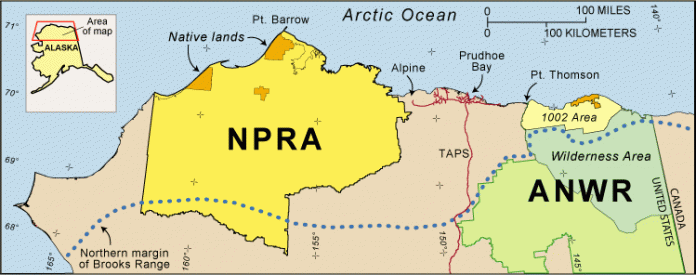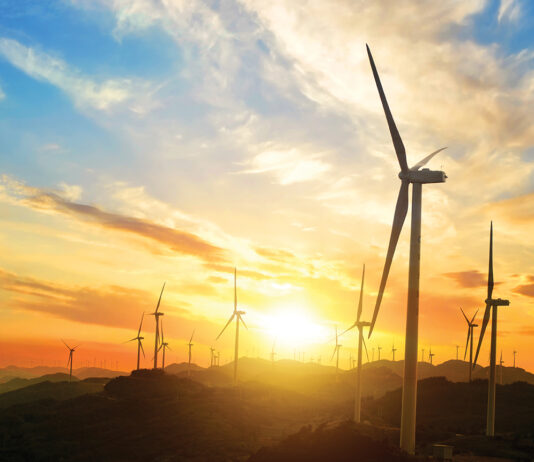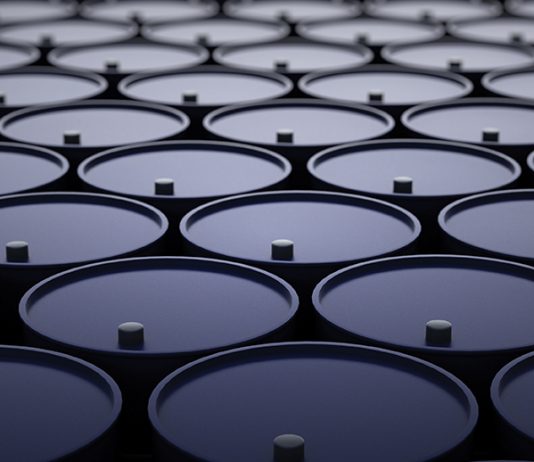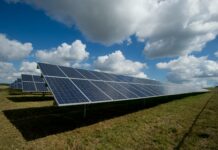
What You Should Know About Oil and Gas Today
The Big Story
Hey, it’s National Cheeseburger Day. I’m headed to Whataburger for lunch!
I you wanted to know why the Trump Administration’s efforts to hold a lease sale for the northern sliver of the Arctic National Wildlife Reserve (ANWR), all you need to do is read today’s story in the Houston Chronicle titled “Oil titans mulling arctic drilling targeted by activist groups”.
The story – written by Bloomberg’s Jennifer Dlouhy – details a letter that more than 250 “environmental groups,” i.e., the anti-fossil fuel lobby, have sent to four big companies who operate in the North Slope of Alaska region, warning them not to try to get anything done in ANWR. This letter is a shot across the bow targeting those companies – ExxoMobil, Hilcorp., Chevron and ConocoPhillips – even though none of them have given any indication that they are at all interested in even bidding for ANWR leases.
This incident just illustrates the kind of rabid opposition any company attempting to develop the billions of barrels of oil believed to lie underneath ANWR would run up against. These lobby groups control billions of dollars in litigation-dedicated funds alone, and would force any company to deal with years of litigation in the notoriously anti-oil and gas 9th Circuit before it would have the ability to obtain a single permit to drill.
It is highly doubtful that any of the companies on the receiving end of this letter were planning to try their hand with ANWR in any event, and the environmental lobby is well aware of that. But the point of this exercise was to ward off any company not currently operating in the Alaskan Arctic region from trying to step in.
If the Trump Administration does end up holding an ANWR lease sale in December, expect it to be very sparsely attended.
Meanwhile, in other news…
The price for West Texas Intermediate recovered back above $40 per barrel on Wednesday and Thursday in response to a big decline in domestic crude inventories. The EIA reported that U.S. stockpiles dropped by 4.4 million barrels during the week ended September 11.
About 25% of Gulf of Mexico oil and gas production ended up being temporarily shut-in due to the passage of Hurricane Sally, but it will be restored quickly. Other than in the areas in the coastal path, the storm should result in only a very minor impact on gasoline prices.
The Dakota Access Pipeline will be able to remain in service at least through the end of the year based on the hearing schedule set on Wednesday by activist federal judge James Boasberg. Boasberg is the same judge whose order to shut the line down pending a 4th environmental review by the Army Corps of Engineers was overruled by the DC Circuit Court earlier this year.
Meanwhile, new planned pipeline projects are being cancelled left and right in response to expected lower U.S. production levels in the years to come. This is really no surprise and should have been fully anticipated by everyone in the industry, given the impacts of our nation’s insane response to the coronavirus.
Some conglomeration of environmentalist and industry interests – including Shell and BP – produced a report this week that states that getting the world to “net zero emissions” by 2050 would cost an “affordable” $60 trillion – that’s TRILLION with a “T” – in new investment and of course subsides for “green” energy like wind (the second leading killer of birds on the planet) and solar (all of whose panels are made in China).
Chump change, right?
Sure.
That’s all for today.
















